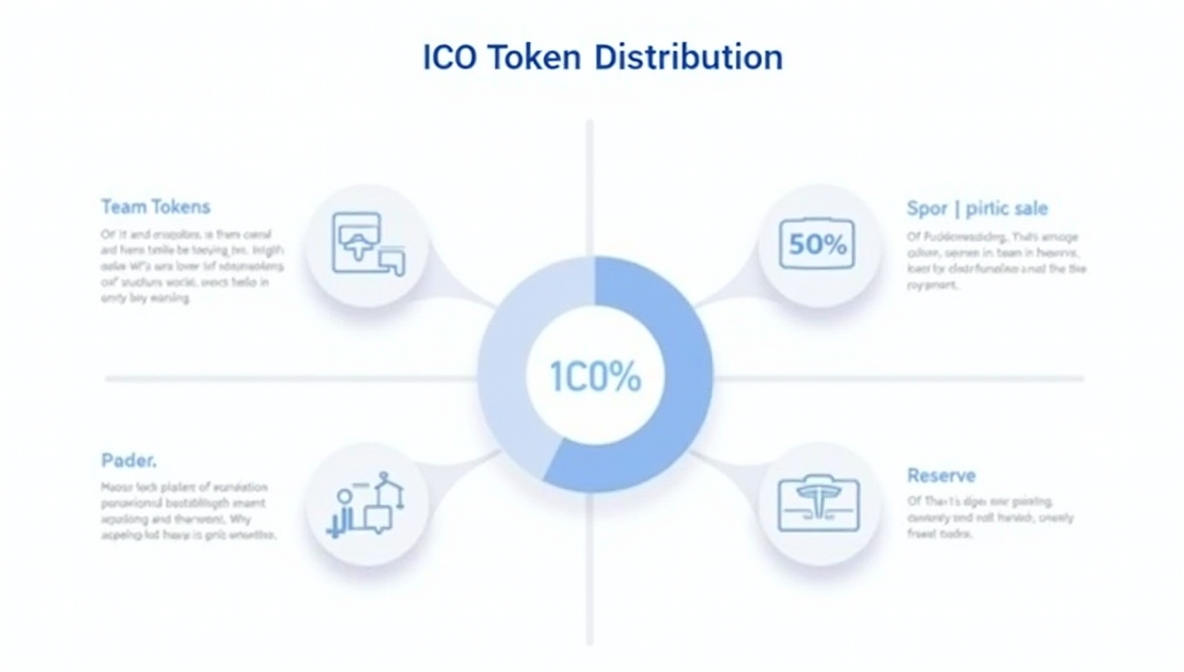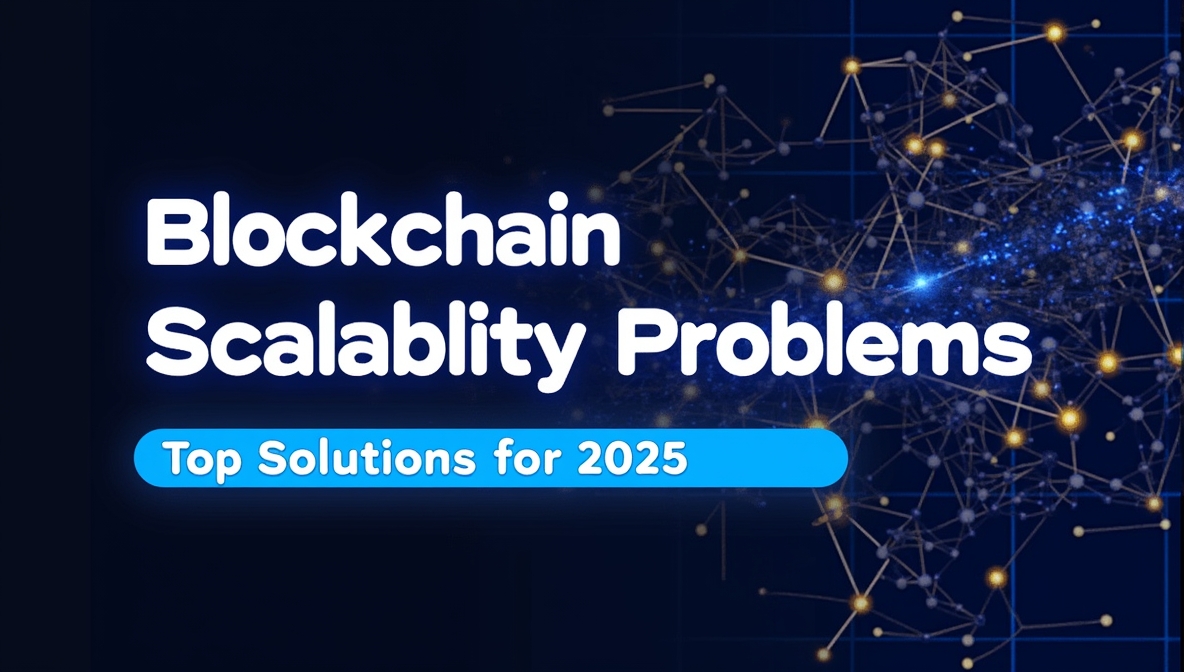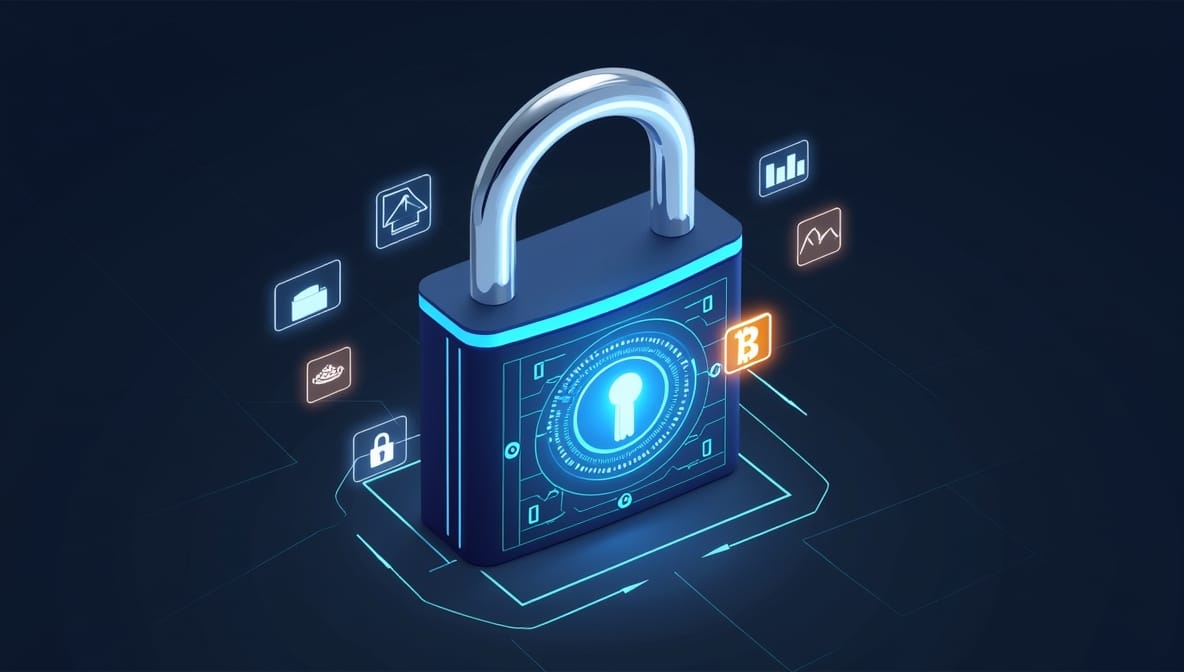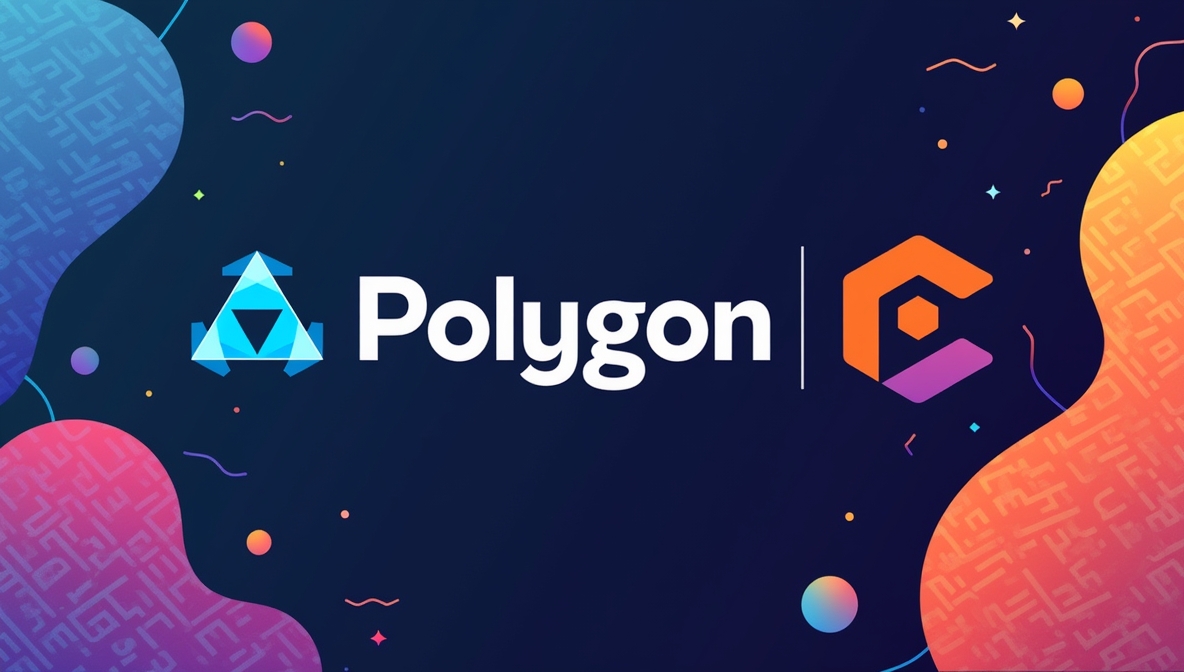Imagine owning a piece of a multi-million dollar luxury property, a famous artwork, or even a rare commodity without needing to be a billionaire. Thanks to Fractional Ownership Tokenization, this once-unimaginable opportunity is now a reality for everyday investors. As traditional investment barriers like high capital requirements, geographical limitations, and slow transaction processes continue to restrict access to lucrative markets, tokenization is emerging as a revolutionary solution. By allowing individuals to purchase fractional ownership through digital tokens, fractional ownership tokenization is democratizing investment opportunities and enabling anyone to get a stake in high-value assets.
At its core, fractional ownership tokenization involves dividing an asset’s value into smaller, tradable units, making it possible for investors to buy and sell fractions of assets such as real estate, art, or even rare commodities. These digital tokens, secured on a blockchain, serve as proof of ownership, ensuring transparency and security. This groundbreaking approach also brings liquidity to traditionally illiquid markets, allowing assets that were once reserved for the wealthy elite to be accessed by a much wider pool of investors.

With the growing importance of blockchain and smart contract technology, fractionalization of assets is becoming more efficient, transparent, and cost-effective than ever before. Blockchain’s decentralized nature eliminates the need for intermediaries, reducing both time and transaction fees.
In this article, we will dive deep into the concept of fractional ownership tokenization, exploring how it works, its real-world applications, and the substantial benefits it offers to individual investors. We’ll also examine the challenges involved and provide insights into what the future holds for this transformative model of investment. By the end, you’ll have a comprehensive understanding of how fractional ownership tokenization is reshaping modern investment strategies and paving the way for a new era of financial accessibility.
Read More: Asset Tokenization Regulation: Navigating Compliance in 2024
Understanding Fractional Ownership
Tokenization of fractional ownership is revolutionizing this model by enhancing liquidity, enabling easier transactions, and allowing broader access to a wider range of assets.
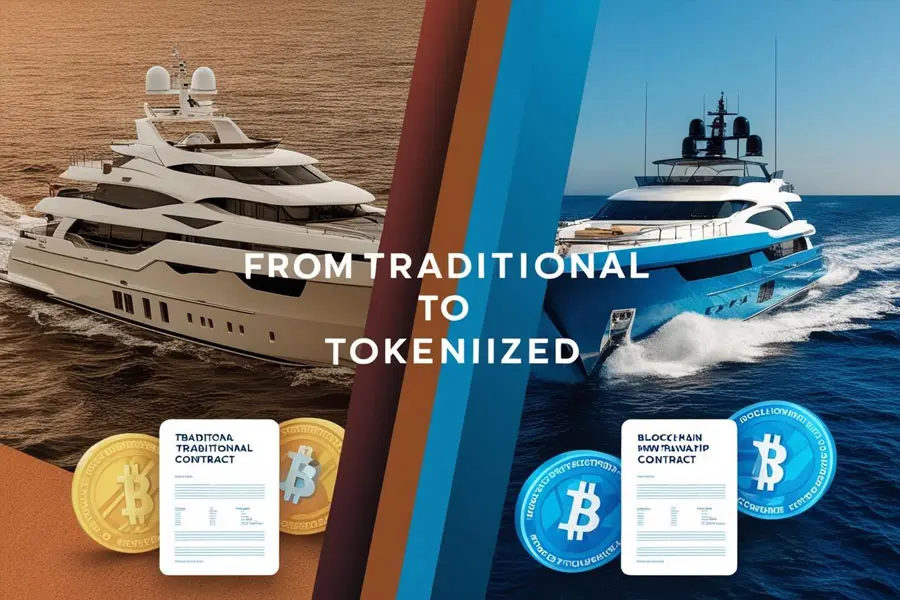
Traditional Fractional Ownership Models
Fractional ownership has been a longstanding practice, allowing multiple investors to share the costs and benefits of high-value assets. This model is commonly applied in areas like vacation homes, private jets, luxury cars, and yachts, where individual ownership would otherwise be prohibitively expensive. Through fractional ownership, investors are able to purchase a portion of an asset, enjoying the benefits of ownership without the burden of paying for the full value.
Despite its long history and appeal, traditional fractional ownership models come with several key challenges that can hinder their effectiveness. Let’s explore some of the common issues faced by investors in this space:
1. Complex Agreements
One of the most significant challenges of traditional fractional ownership is the complexity of ownership agreements. These agreements outline the terms of use, maintenance, and financial contributions, but they can often be convoluted. For instance, when multiple co-owners are involved, disputes may arise regarding how the asset is used or maintained. These disagreements can lead to inefficiencies, frustration, and even legal complications if the terms are not clearly defined and agreed upon from the start. Without a transparent and straightforward agreement, the potential for misunderstandings and conflicts increases.
2. Limited Liquidity
Another major issue with traditional fractional ownership is the lack of liquidity. Selling or transferring fractional ownership shares is often a cumbersome process because there is no easily accessible marketplace for these shares. In most cases, investors must rely on personal networks or slow-moving negotiation processes to sell their stakes. This lack of a structured and liquid marketplace significantly limits the ability to quickly exit an investment, reducing flexibility and potentially deterring new investors who value liquidity and fast transactions.
3. Management Issues
Coordination among multiple owners can also present significant challenges. Each co-owner typically has a say in how the asset is managed, including decisions regarding its use, maintenance, and upgrades. This democratic approach can often lead to inefficiencies, as decision-making may become slow and contentious when all parties must agree on a course of action. Additionally, if any co-owners are less actively involved, it can place more responsibility on others, creating an imbalance in the ownership experience and potentially causing frustration among participants.
Benefits and Limitations of Conventional Approaches
While traditional fractional ownership offers some clear advantages, such as shared costs and risk diversification, it also comes with notable limitations that can be challenging for many investors. Let’s take a closer look at both the benefits and drawbacks of this approach:
Benefits of Traditional Fractional Ownership
- Shared Costs and Risk Diversification: One of the biggest advantages of fractional ownership is the ability to share the cost of a high-value asset. Instead of bearing the full financial burden, co-owners split expenses such as maintenance, insurance, and taxes. This shared responsibility makes expensive assets more accessible to a broader range of investors. Moreover, dividing the ownership of an asset reduces the financial risk, as the costs and responsibilities are shared, which provides a level of diversification in the investment portfolio.
- Access to Expensive Assets: Fractional ownership allows investors to gain exposure to markets and high-value assets they would otherwise be unable to afford. This opens up opportunities for individuals to diversify their investment portfolios by including assets like real estate, yachts, or fine art.
Limitations of Traditional Fractional Ownership
Despite the advantages, traditional fractional ownership has several limitations that can pose challenges for investors:
1. High Entry Costs
Many high-value assets, such as real estate or private jets, still require a substantial upfront investment, even when shared. While the cost is divided among multiple owners, the total price of entry may still be too high for the average investor. This restricts access to high-value assets to only those with substantial capital, thereby excluding many potential investors.
2. Opaque Processes
In traditional fractional ownership, transactions are often opaque, with little visibility into the asset’s value, performance, and ownership history. This lack of transparency can create mistrust among co-owners and makes it difficult for investors to track their investments. Without clear and accessible information, investors may feel uncertain about the true value of their shares, leading to dissatisfaction and potential disputes.
3. Difficult Exit Strategies
Exiting a traditional fractional ownership arrangement can be extremely challenging. In many cases, there is no established platform or market where fractional shares can be sold. As a result, finding buyers for shares often relies on personal connections or slow, informal sales processes. This lack of liquidity can be a significant barrier to investors who wish to divest or liquidate their holdings quickly.
Fractional Ownership Tokenization: The Solution
In contrast to the traditional fractional ownership model, fractional ownership tokenization provides a modern solution that addresses these limitations. By leveraging blockchain technology, fractional ownership is transformed into a more accessible, transparent, and liquid investment opportunity. Tokenizing assets allows for fractional ownership to be digitized, with each token representing a small fraction of the underlying asset. This approach not only streamlines ownership structures but also enables greater flexibility, transparency, and ease of transfer between investors.
By digitizing ownership, fractional ownership tokenization resolves many of the issues seen in traditional models, such as complex agreements, liquidity constraints, and management inefficiencies. Tokenization opens up new opportunities for investors to engage with high-value assets in a way that is simpler, faster, and more transparent.
The Role of Tokenization in Fractional Ownership
Tokenization opens doors for smaller investors by allowing them to access high-value markets with minimal capital investment, democratizing asset ownership.
Explanation of Tokenization and Its Mechanisms
Tokenization in fractional ownership refers to converting the rights to a valuable asset into digital tokens that represent a specific portion or fraction of ownership. These digital tokens are stored and traded on a blockchain, enabling fractionalization of assets in a secure, transparent, and efficient manner. Each token allows investors to buy, sell, or trade fractions of high-value assets like real estate, art, and luxury items without the need for full ownership. This process simplifies transactions and enhances security, as blockchain technology ensures the integrity and transparency of the entire process, offering greater accessibility for investors.
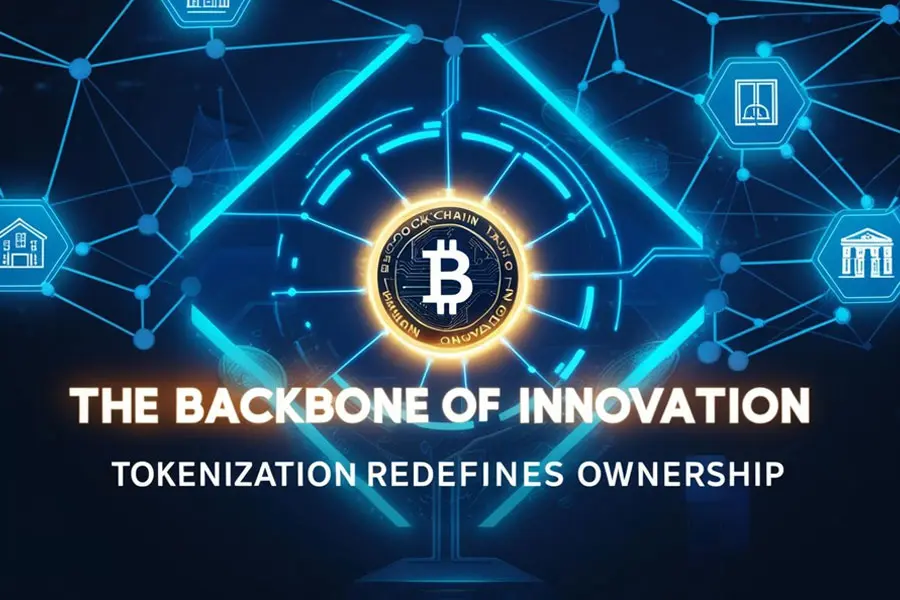
Tokenization is transforming the investment landscape, particularly in fractional ownership, by lowering entry barriers and providing more liquidity. By offering fractionalized ownership, investors can now access markets that were previously exclusive to wealthy individuals or institutional investors.
How Blockchain Technology Facilitates Tokenization
Blockchain technology is a pivotal factor in the success of fractional ownership tokenization. It provides several key benefits that make it a superior solution compared to traditional fractional ownership models:
- Decentralization: Blockchain eliminates the need for intermediaries like brokers or banks, enabling peer-to-peer transactions. This reduces transaction costs and increases overall efficiency in the buying and selling of fractionalized assets.
- Transparency: Blockchain’s immutable ledger records every transaction, ensuring transparency and trust among investors. All parties involved in the investment can access real-time, tamper-proof data about asset ownership, making the process clearer and reducing the risk of disputes.
- Smart Contracts: Smart contracts are self-executing agreements that automatically execute certain actions such as asset transfers or distributions of profits when predefined conditions are met. These automated contracts minimize manual intervention, reduce the risk of errors, and make the process of fractional ownership more streamlined and efficient.
By leveraging blockchain’s decentralized network, transparency, and automated smart contracts, fractional ownership tokenization provides a modern, secure, and scalable solution for investors, making it a game-changer in the world of asset management and investment opportunities.
Applications of Fractional Ownership Tokenization
Tokenized real estate also enables international investors to participate in markets previously out of reach, democratizing access to lucrative property investments.
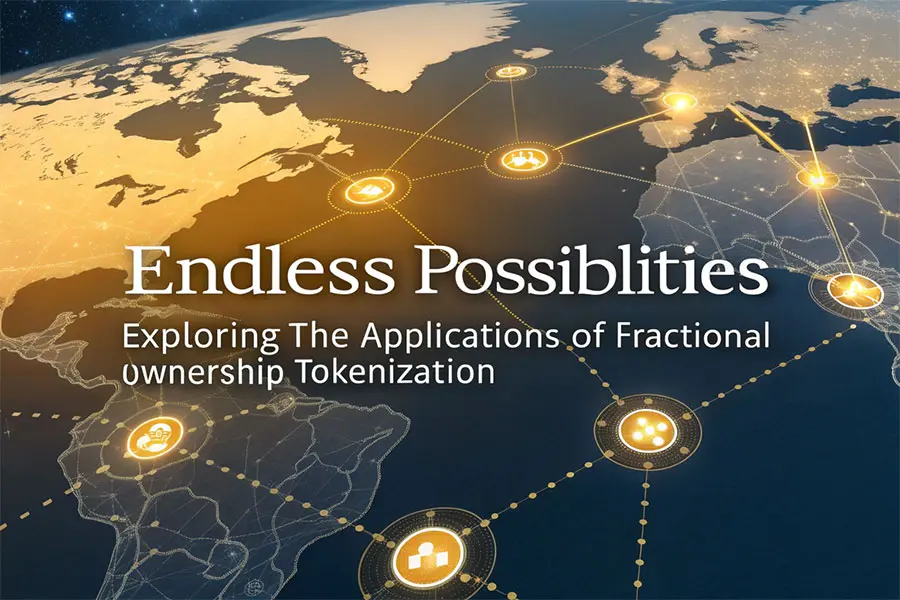
Real Estate
Case Studies of Tokenized Real Estate Projects
The tokenization of real estate has emerged as one of the most impactful applications of fractional ownership tokenization. Investors can now access high-value properties through blockchain-based tokens, allowing them to own fractions of real estate assets without the hefty capital typically required. Platforms like RealT have led the way by allowing individuals to purchase fractional shares in rental properties across the United States. For example:
- RealT: Investors can buy tokens that represent ownership stakes in properties, with each token holder receiving a proportional share of the rental income. This income is distributed directly via smart contracts, ensuring transparency and efficiency in the process.
The tokenization of real estate offers immense benefits to both investors and property owners:
- Benefits for Investors:
- Access to High-Value Properties: Through fractionalization, investors can own a share of high-value properties that would have otherwise been out of their financial reach due to high capital requirements.
- Diversification Opportunities: Investors can spread their capital across multiple properties, reducing risk and improving overall portfolio diversification.
- Benefits for Property Owners:
- Attracting a Larger Pool of Investors: By tokenizing their real estate assets, property owners can tap into a global pool of investors, making it easier to raise funds.
- Faster Sales and Liquidity: Tokenization simplifies the sales process by providing a more liquid and accessible market for real estate assets.
By democratizing access to real estate, fractional ownership tokenization opens up new opportunities for both individual investors and property owners to participate in lucrative markets with lower entry barriers and higher liquidity.
Read More:Tokenization in Capital Markets: Unlocking a $16 Trillion Revolution
Art and Collectibles
Examples of Tokenized Art Pieces
The art market is also seeing significant changes due to fractional ownership tokenization. Platforms like Myco and CurioInvest have been pioneers in this space, allowing art enthusiasts and investors to buy fractional shares of valuable art pieces through blockchain-based tokens. Some notable examples include:
- Myco: This platform has successfully tokenized famous artworks by renowned artists, enabling investors to purchase tokens representing ownership in pieces valued at millions of dollars. Artworks are divided into tokens, allowing people to own a fraction of world-class art.
Tokenization in art provides both collectors and investors with access to previously illiquid markets:
- Market Impact and Investor Opportunities:
- Liquidity in an Illiquid Market: Traditionally, the art market has been illiquid, with high-value pieces often only accessible to wealthy collectors or institutions. Tokenization allows investors to buy fractional shares, making high-value art pieces more accessible and easier to trade.
- Opening New Markets for Artists: Artists can now tokenize their work and offer fractional ownership to a broader audience, maintaining creative control while generating new revenue streams from token sales.
By tokenizing art, fractional ownership makes it possible for art lovers and investors to engage with valuable pieces without needing to purchase the entire asset, creating new opportunities for both parties.
Commodities
Tokenization of Precious Metals and Other Commodities
The tokenization of commodities, particularly precious metals, is a major application of fractional ownership. Through gold tokenization, platforms like Paxos enable investors to buy tokenized gold, backed by real bullion securely stored in vaults. These tokenized commodities provide a digital representation of physical assets, offering several key advantages.
- Tokenized Precious Metals: Investors can buy tokens backed by physical commodities like gold, silver, or platinum, providing an easy way to invest in these assets without physically owning them. For example, Paxos offers tokenized gold that is fully backed by actual gold stored in regulated vaults, allowing investors to trade gold without the logistics of storage or handling.
Trading and Investment Advantages
The tokenization of commodities offers multiple advantages to both traders and investors:
- Simplified Trading: Tokenizing commodities reduces the complexity and barriers typically involved in trading physical assets, making it more accessible and efficient for investors. Transactions are recorded securely on the blockchain, ensuring transparency and traceability.
- Fractional Investment Opportunities: Tokenization enables fractional investment in commodities. Traditionally, investors needed to buy whole units of precious metals or other physical assets, but with tokenization, they can invest in small portions, thereby making commodities more accessible to a wider range of investors.
- Secure and Transparent Transactions: Blockchain technology ensures that every transaction involving tokenized commodities is secure, traceable, and transparent, helping to build trust among investors. The tokens can be easily traded on platforms, offering higher liquidity compared to traditional commodity markets.
With fractional ownership tokenization in commodities, the barriers to entry are lowered, and the ability to trade smaller portions of high-value assets opens new avenues for both experienced and novice investors.
By embracing fractional ownership tokenization in various markets such as real estate, art, and commodities, investors now have access to diverse opportunities that were once limited to the wealthy elite. The benefits of tokenization enhanced liquidity, fractional investment, and transparency are transforming traditional markets, creating a more inclusive investment environment for individuals around the world.
Benefits of Fractional Ownership Tokenization

Fractional ownership tokenization brings a wealth of benefits to both investors and asset owners, making it an appealing alternative to traditional investment models. The main advantages include:
1. Increased Liquidity
By creating a secondary market for tokenized assets, fractional ownership tokenization allows investors to buy or sell their shares easily. This liquidity stands in stark contrast to traditional fractional ownership models, where exiting an investment may require significant time and effort. Blockchain technology enables real-time transactions, improving market efficiency.
2. Lower Barriers to Entry
Investors no longer need large amounts of capital to invest in high-value assets. In tokenized ownership, individuals can start with as little as $100, granting access to premium investments like real estate, art, or commodities that were previously out of reach for most people. This democratizes investment opportunities, giving everyone the chance to participate, regardless of their financial background.
3. Enhanced Transparency and Security
The use of blockchain technology ensures that all transactions are secure, transparent, and verifiable. Blockchain’s decentralized nature allows all parties to track ownership and transaction history without the risk of tampering. As every transaction is recorded on an immutable ledger, trust is inherently built into the system, offering peace of mind for investors.
4. Simplified Transaction Processes
With the integration of smart contracts, tokenized ownership streamlines transactions by automating key processes like transfers and distributions. This reduces the time and costs typically associated with traditional methods such as paperwork, notary processes, or intermediary fees. Smart contracts also reduce the risk of human error and ensure that terms are executed as intended.
These advantages position fractional ownership tokenization as a game-changing approach, enabling investors to explore diversified opportunities while reducing risks and costs.
Challenges and Considerations
Despite its many benefits, fractional ownership tokenization does face several challenges that must be addressed for it to achieve widespread adoption.
1. Regulatory and Legal Hurdles
The legal landscape surrounding tokenized assets remains complex, as regulations around cryptocurrencies and security tokens are still evolving. Different jurisdictions have varying rules regarding the classification of tokenized assets, which can pose challenges for companies and investors looking to enter the market. Navigating these regulations will be crucial to ensuring compliance and protecting investors.
2. Technological Challenges and Scalability
As the demand for tokenized assets grows, platforms must be able to handle increased traffic without compromising performance. Ensuring that blockchain networks and platforms remain scalable is vital for widespread adoption. Technological advancements must continue to improve efficiency, transaction speed, and user experience to meet the needs of a growing investor base.
3. Market Adoption and Investor Education
For fractional ownership tokenization to reach its full potential, investor education is critical. Many potential investors may be unfamiliar with blockchain technology or tokenized assets. Platforms offering tokenized investments must prioritize educating the public about the benefits, risks, and workings of tokenization to build trust and increase adoption.
Addressing these challenges head-on will be essential for the sustainable growth of fractional ownership tokenization. As the space matures, overcoming regulatory, technological, and educational hurdles will be key to unlocking its full potential.
Read More: Tokenization in Machine Learning: Unlocking the Power of Text Data
Future Outlook
The future of fractional ownership tokenization looks bright, with several key trends expected to shape its trajectory.
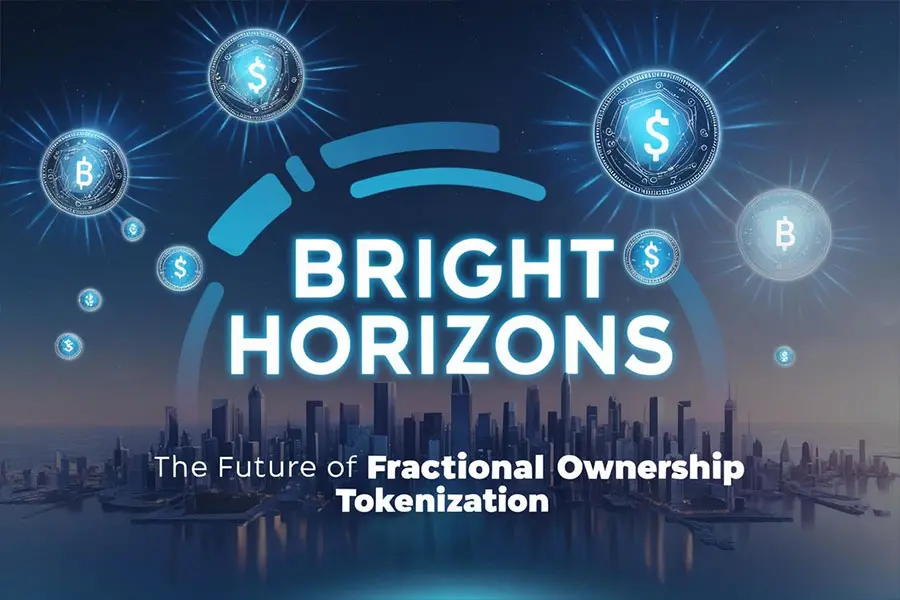
Predicted Trends in Fractional Ownership Tokenization
- Increased Regulatory Clarity
As governments worldwide create clearer regulations around cryptocurrencies and blockchain technologies, businesses will gain more confidence in entering the space. Regulatory clarity will foster a more stable environment for tokenized assets, ensuring better protection for investors and increased market participation. - Growth in Platforms Offering Tokenized Assets
The number of platforms offering tokenized investments is expected to increase across various industries, with more opportunities extending beyond real estate. New sectors such as art, commodities, and even intellectual property could see widespread tokenization, creating a more diverse range of investment products. - Enhanced Investor Education Initiatives
As awareness of blockchain technology grows, more educational initiatives will emerge, aimed at demystifying tokenization. These programs will help potential investors understand the benefits and intricacies of fractional ownership, making the process more accessible to the general public.
Potential Impact on Global Investment Landscapes
As fractional ownership tokenization continues to gain traction, it will likely have a transformative impact on global investment landscapes:
- Democratizing Access to Investments: Tokenization allows individuals across all socioeconomic classes to invest in high-value assets. This democratization of investment will enable a broader range of people to benefit from diverse asset classes.
- Creating New Markets for Previously Illiquid Assets: Tokenizing traditionally illiquid assets like art, real estate, and commodities opens up new markets, providing greater liquidity and flexibility for asset owners and investors alike.
- Encouraging Innovation in Asset Management: As tokenization expands, competition among platforms will drive innovation in how tokenized assets are managed, traded, and integrated into investors’ portfolios. This innovation will lead to more refined services and better investment options for consumers.
Fractional ownership tokenization is on the cusp of revolutionizing the global investment landscape, making it easier, more affordable, and more transparent for people to invest in assets that were once considered exclusive to the wealthy elite. As technology, regulation, and investor education continue to evolve, the future of tokenization looks promising.
Tokenova’s Expertise in Tokenization Services
Tokenova is a leading consultancy specializing in asset tokenization, offering a range of services that empower clients to effectively tokenize their assets while navigating the complexities of blockchain technology. By providing tailored solutions, Tokenova ensures that businesses and investors can maximize the benefits of fractional ownership tokenization.

Overview of Tokenova’s Services in Asset Tokenization
Tokenova offers a comprehensive suite of services designed to meet the unique needs of their clients. Their expertise covers the entire asset tokenization lifecycle, from initial consultation to ongoing support. Key services include:
- Consultation on Regulatory Compliance
Navigating the regulatory landscape of tokenized assets can be challenging. Tokenova offers in-depth consultation on regulatory compliance, helping clients understand the legal implications of asset tokenization. This service ensures that clients meet the necessary legal requirements, mitigating potential risks associated with tokenized investments. - Development of Secure Tokenization Platforms
Tokenova specializes in creating secure and user-friendly tokenization platforms. Their solutions prioritize security, ensuring that transactions are seamless and protected at every stage. With intuitive interfaces and robust infrastructure, Tokenova helps clients launch tokenized assets with confidence. - Ongoing Support for Asset Management Post-Tokenization
Once assets are tokenized, effective management is crucial. Tokenova provides clients with comprehensive tools and ongoing support to manage their investments. This includes everything from tracking asset performance to ensuring liquidity options are maximized, ensuring that clients maintain control over their investments long-term.
Success Stories and Client Testimonials
Tokenova has a proven track record of success, having worked with numerous clients across various industries to implement tokenization strategies. Client testimonials highlight the transformative impact of Tokenova’s services, especially in improving liquidity and diversification in investment portfolios. Clients praise Tokenova for their expertise and commitment to providing end-to-end solutions that streamline the asset tokenization process.
How Tokenova Ensures Compliance and Security in Tokenization
At Tokenova, security and compliance are top priorities. The company implements a variety of advanced measures to protect clients’ investments and ensure that all tokenized transactions adhere to legal requirements:
- Multi-Signature Wallets: Tokenova uses multi-signature wallets, adding an extra layer of protection by requiring multiple approvals before any transaction is finalized.
- Regular Audits: Tokenova conducts regular audits by third-party cybersecurity firms, ensuring that their platforms are secure and compliant with the latest blockchain protocols.
- Blockchain Security Protocols: Tokenova’s deep expertise in blockchain technologies allows them to implement state-of-the-art security measures to protect both assets and data from cyber threats.
These measures guarantee peace of mind for clients, knowing that their tokenized assets are secure and compliant with industry standards.
Transform Your Investment Strategy Today!
Are you ready to explore how fractional ownership tokenization can transform your investment strategy? Contact Tokenova today for expert guidance tailored specifically to your unique financial goals. Tokenova’s team of experienced consultants is ready to help you navigate the world of tokenized assets and take your investment approach to the next level!
Conclusion
In conclusion, Fractional Ownership Tokenization is a groundbreaking innovation that is transforming the way individuals invest in high-value assets. By leveraging blockchain technology and overcoming the limitations of traditional fractional ownership models, this approach significantly enhances accessibility across various sectors, including real estate, art, collectibles, and commodities. The advent of tokenization provides exciting opportunities for both investors and asset owners, offering greater flexibility, liquidity, and efficiency in asset management.
Tokenizing assets is not just a passing trend; it is a transformative movement that is reshaping the future of finance. As tokenization continues to gain momentum, it will redefine how we think about ownership, investment, and value in the global economy.
Key Takeaways
- Fractional ownership enables multiple parties to invest collectively in high-value assets without the need for full financial commitment.
- Tokenization enhances liquidity, lowers barriers to entry, and increases transparency significantly compared to traditional methods, making it an attractive alternative for modern investors.
- Various sectors, such as real estate, art, collectibles, and commodities, are rapidly adopting fractional ownership tokenization, transforming investment landscapes on a global scale.
- While challenges remain regarding regulation, technology scalability, and education, addressing these issues will pave the way for successful implementation, long-term sustainability, and overall industry growth in the future.
As fractional ownership tokenization continues to evolve, it promises to redefine investment practices and create a more inclusive and efficient market for assets worldwide.



